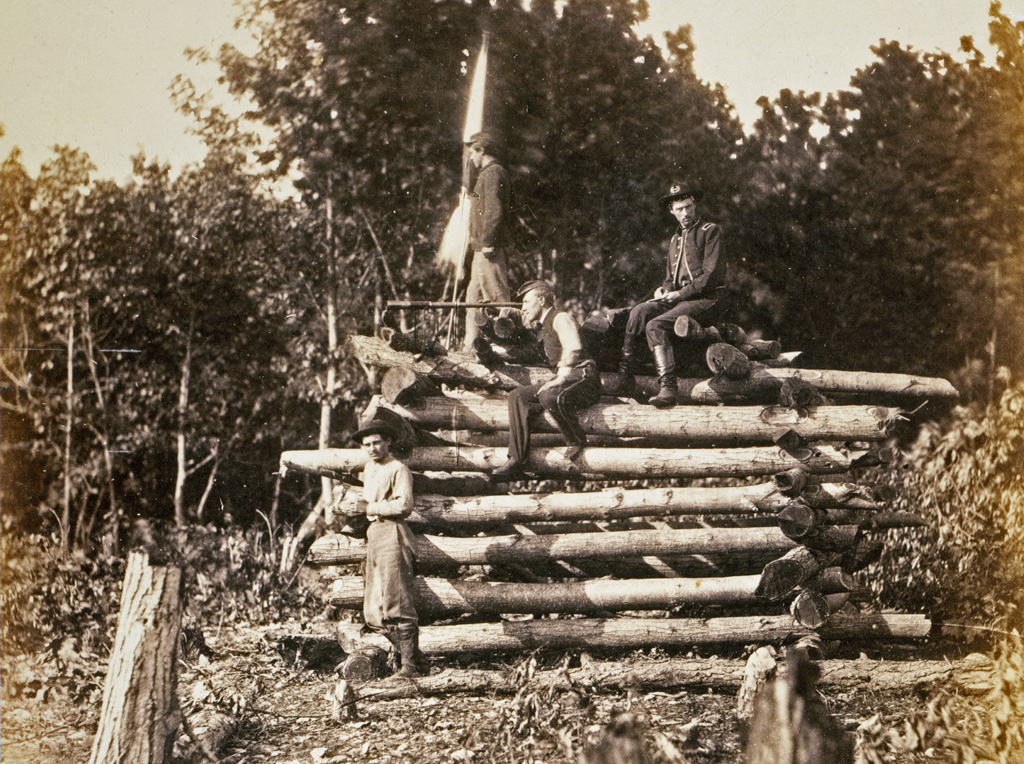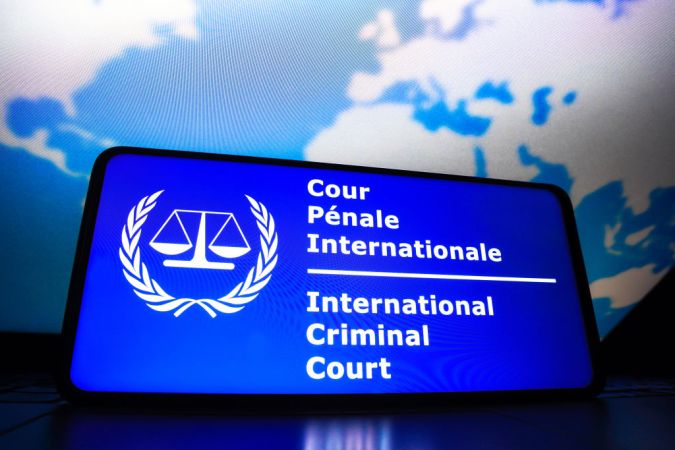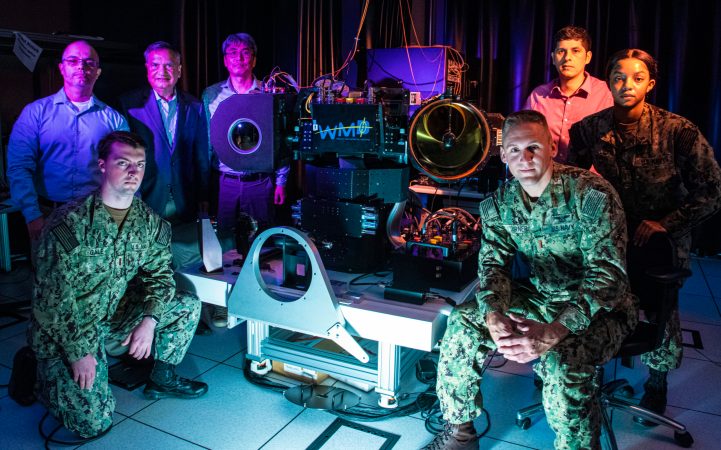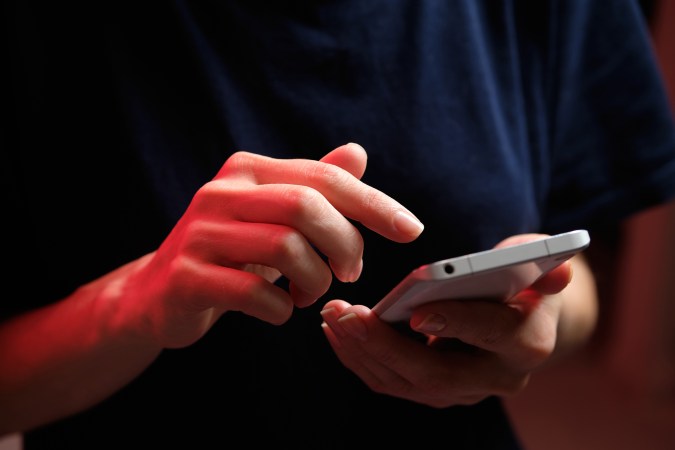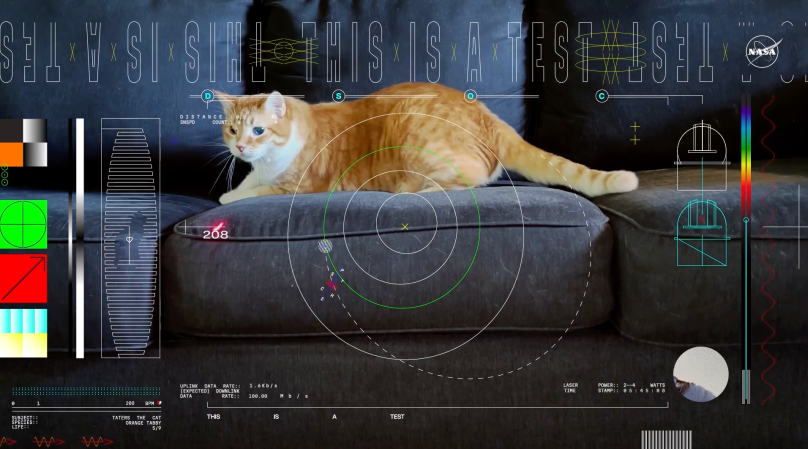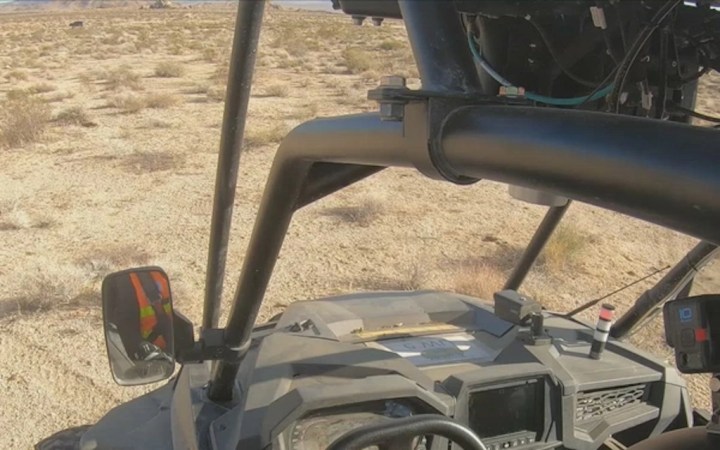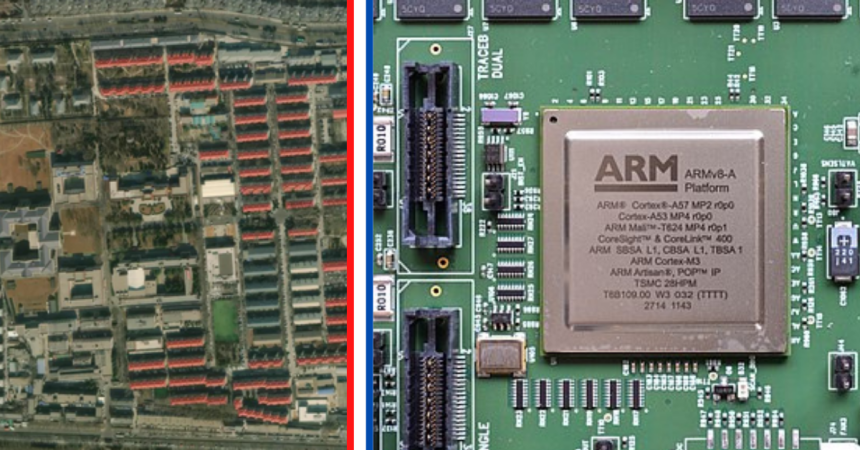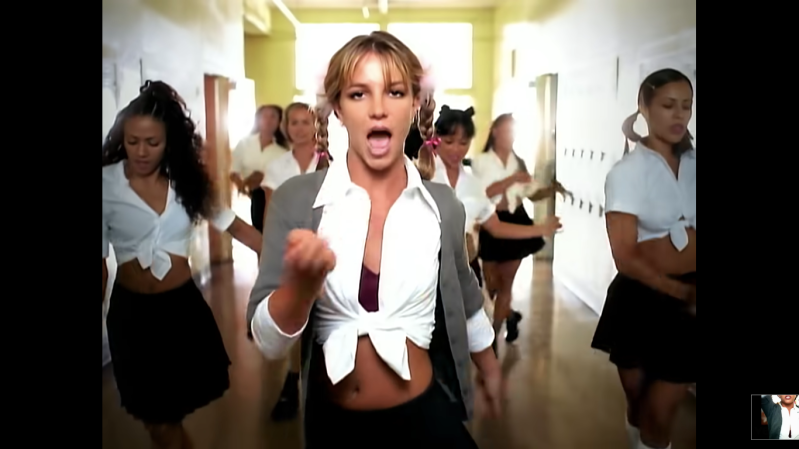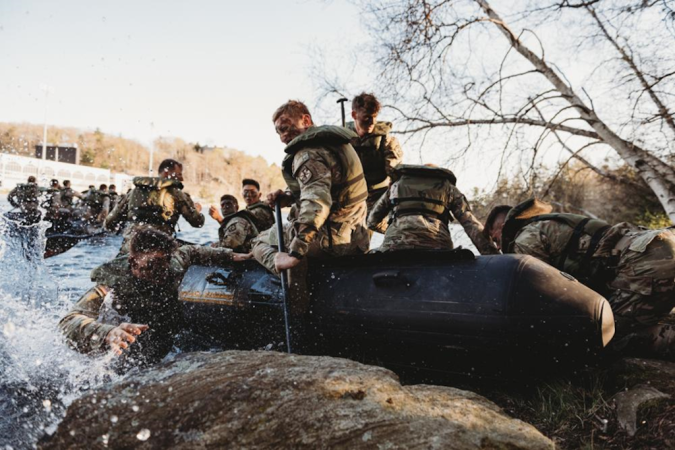Being able to read the enemy’s communications is a game changer in a pitched conflict. It allows one side to see their strategies, strengths, and weaknesses. Just ask the Japanese about how the Battle of Midway turned out if you need an example. It doesn’t have to be a World War for codebreakers to change history. One army can change the momentum of an important war if they know the enemy’s plans beforehand, either strategically or tactically. The Union Army used this to great effect during the Civil War, breaking the Confederate Army’s field ciphers, and they didn’t have to think really hard to get the secret codes.
During the American Civil War, the Confederacy and the Union had to come up with their own new coded messaging system. Obviously, the ones they’d used previously were compromised. The Union used coded telegrams for its secure communications. These telegrams used arbitrary words and null words (words randomly added in the message) to keep decrypting rebel spies from reading the secret codes.
It was a good idea, one the south should have adopted, because their methods were much easier for the Union to read. All of the telegraph lines were tapped and even if they couldn’t decrypt the secret codes, the rebels were able to intercept them. The Confederates instead went with a Vigenère cipher, which encrypted text based on the letters of a chosen keyword.

This kind of text is easy to understand and use and was considered unbreakable for 300 years. It uses a metal disc to switch between alphabets based on the chosen keyword. Those same discs allow for quick use in the field, so long as everyone has a disc and the right alphabet is known. It’s based on a table of 26 letters across and 27 letters down. The first line of horizontal letters matched a keyword, while the rest of the vertical letters match the message.
Union intelligence operatives and Pinkerton detectives were able to break the Confederate secret codes early on in the war, when they learned the south relied heavily on a few keywords: ”Manchester Bluff”, “Complete Victory,” and “Come Retribution.”
When writing a Confederate message, for example, the reader would use the first letter in the phrase, “M” for Manchester Bluff,” the horizontal alphabet. Then, on the vertical side, they would find the first letter for the word they wanted to write. Using the 26×27 alphabet as a grid, they would find the point on the grid where the lines intersect and that would be the first letter. The second letter of the desired word corresponds to the second letter of the keyword, and so on.
Using the graph below, and knowing the key is “Complete Victory,” the word “Lee” would be spelled: “NSQ”
A B C D E F G H I J K L M N O P Q R S T U V W X Y Z
B C D E F G H I J K L M N O P Q R S T U V W X Y Z A
C D E F G H I J K L M N O P Q R S T U V W X Y Z A B
D E F G H I J K L M N O P Q R S T U V W X Y Z A B C
E F G H I J K L M N O P Q R S T U V W X Y Z A B C D
F G H I J K L M N O P Q R S T U V W X Y Z A B C D E
G H I J K L M N O P Q R S T U V W X Y Z A B C D E F
H I J K L M N O P Q R S T U V W X Y Z A B C D E F G
I J K L M N O P Q R S T U V W X Y Z A B C D E F G H
J K L M N O P Q R S T U V W X Y Z A B C D E F G H I
K L M N O P Q R S T U V W X Y Z A B C D E F G H I J
L M N O P Q R S T U V W X Y Z A B C D E F G H I J K
M N O P Q R S T U V W X Y Z A B C D E F G H I J K L
N O P Q R S T U V W X Y Z A B C D E F G H I J K L M
O P Q R S T U V W X Y Z A B C D E F G H I J K L M N
P Q R S T U V W X Y Z A B C D E F G H I J K L M N O
Q R S T U V W X Y Z A B C D E F G H I J K L M N O P
R S T U V W X Y Z A B C D E F G H I J K L M N O P Q
S T U V W X Y Z A B C D E F G H I J K L M N O P Q R
T U V W X Y Z A B C D E F G H I J K L M N O P Q R S
U V W X Y Z A B C D E F G H I J K L M N O P Q R S T
V W X Y Z A B C D E F G H I J K L M N O P Q R S T U
W X Y Z A B C D E F G H I J K L M N O P Q R S T U V
X Y Z A B C D E F G H I J K L M N O P Q R S T U V W
Y Z A B C D E F G H I J K L M N O P Q R S T U V W X
Z A B C D E F G H I J K L M N O P Q R S T U V W X Y
A B C D E F G H I J K L M N O P Q R S T U V W X Y Z
By 1863, the Union had managed to crack the secret codes a handful of times, but it soon proved so cumbersome and long to decode, even for the Confederates that it led to mistranslations, which led to battlefield mistakes. After the Battle of Shiloh, one rebel telegraph operator with Union sympathies even handed the cipher to the Union, which was then published in a New York newspaper.


